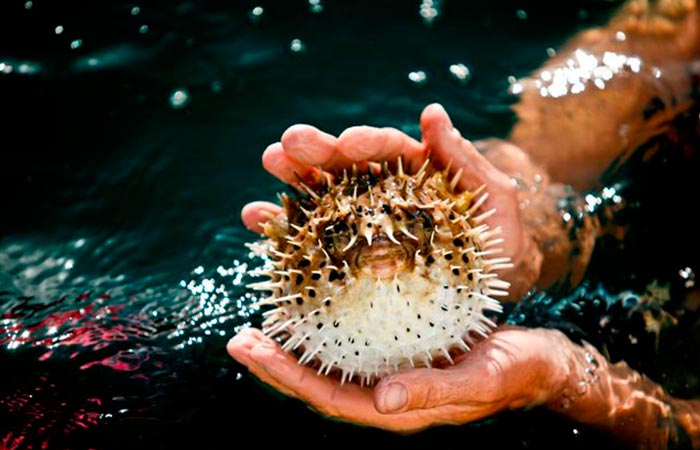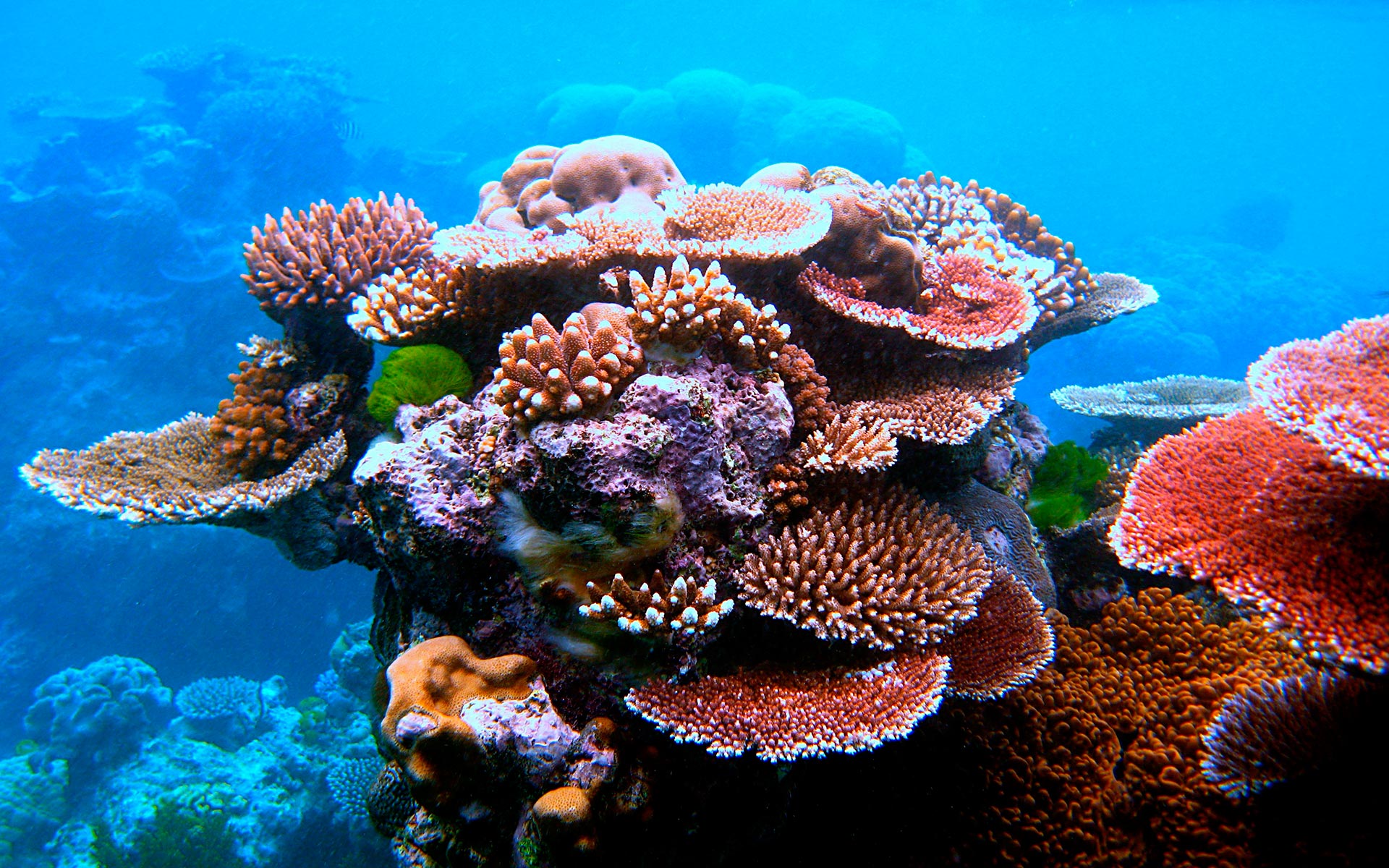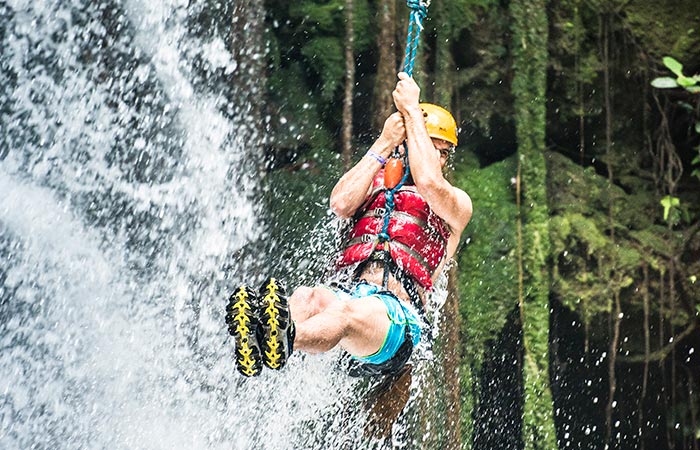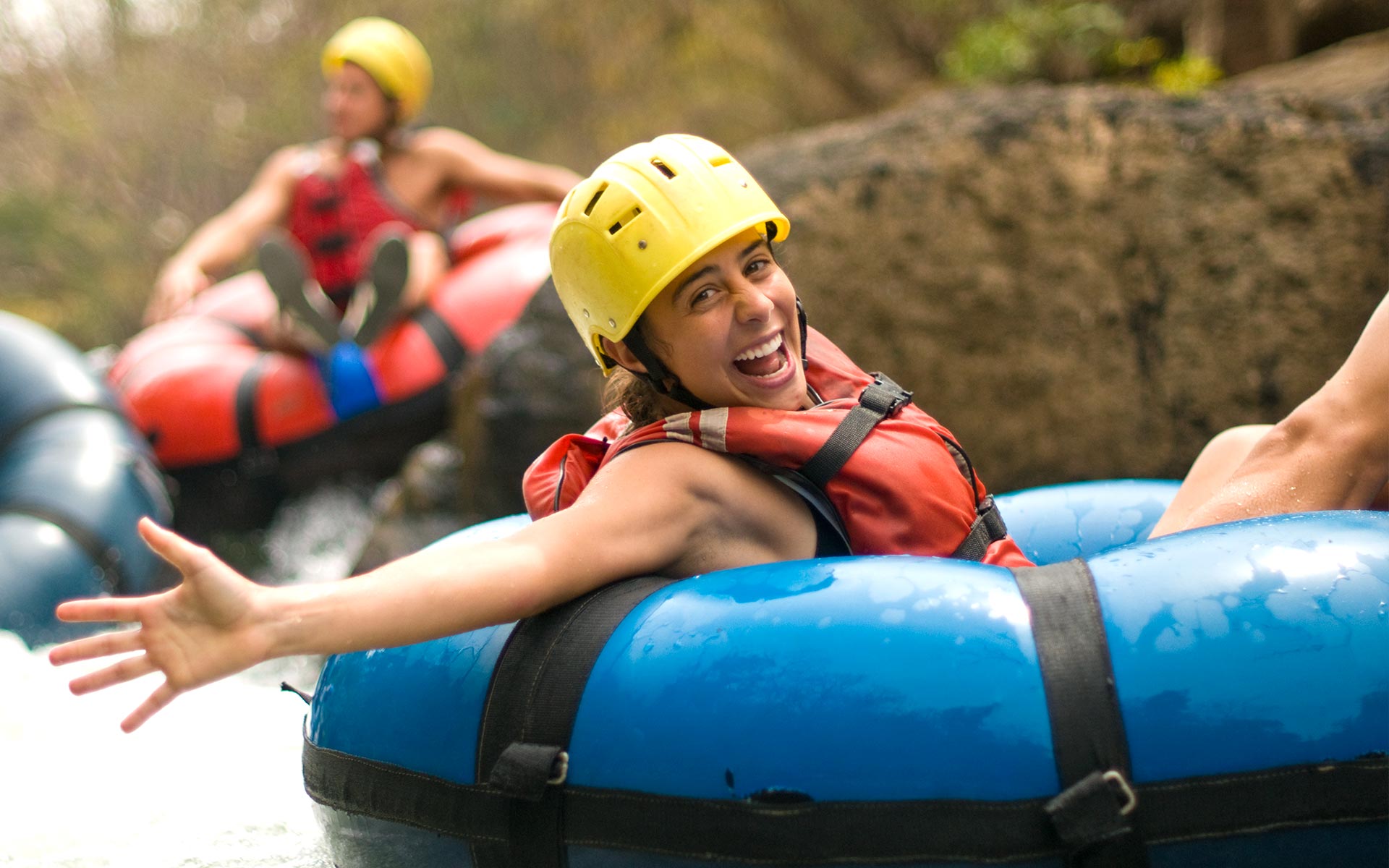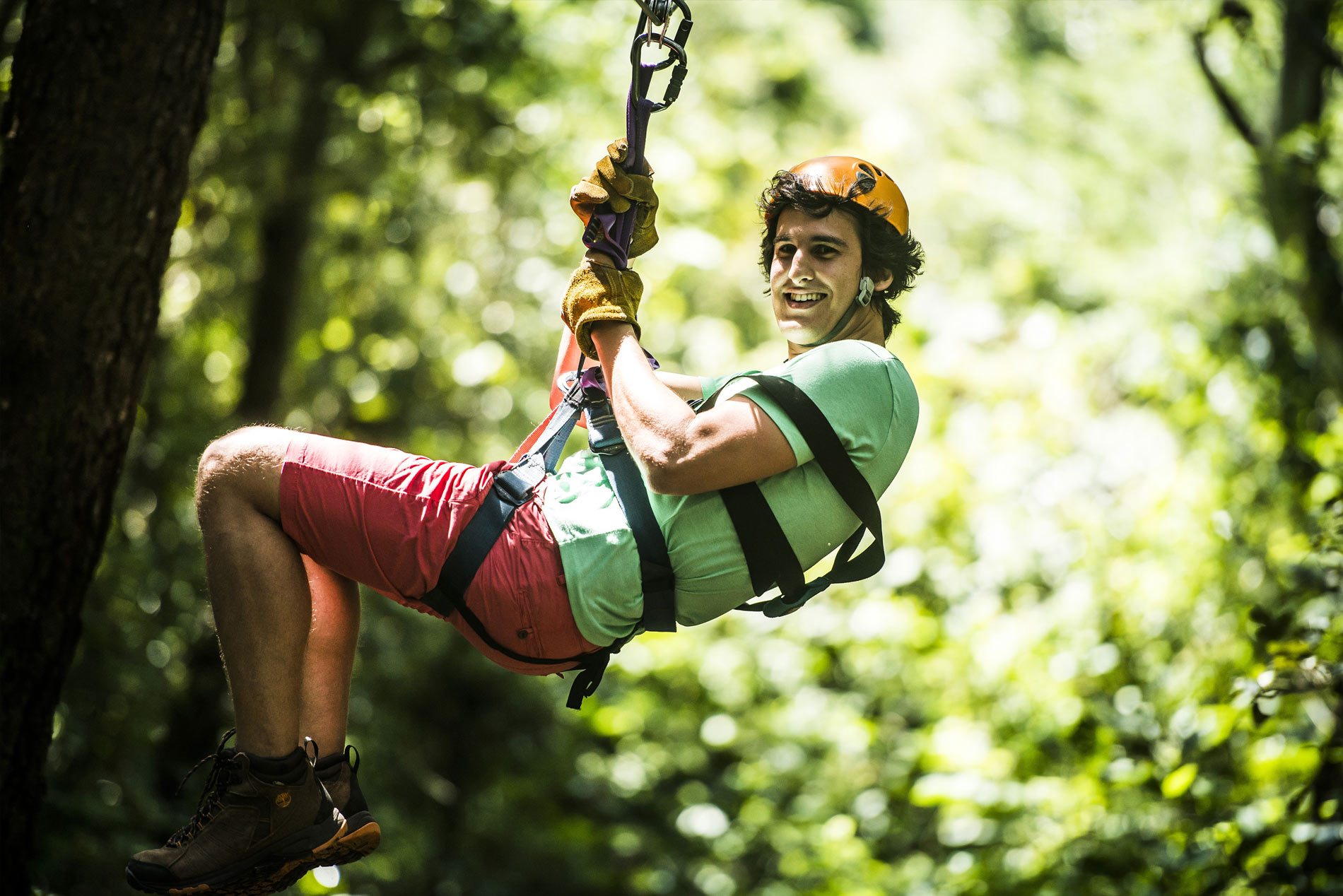Our Top Ten Favorite Tours in Guanacaste Costa Rica
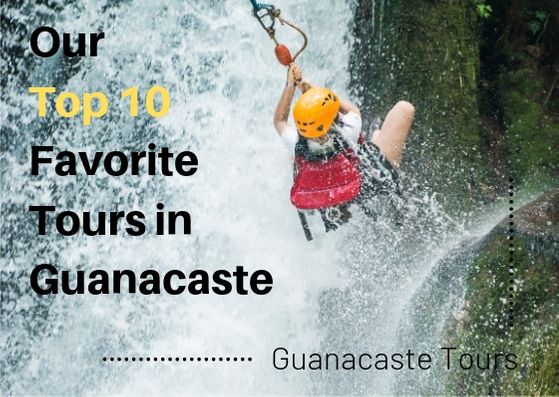
Enjoy our list of our top ten things to do in Guanacaste Costa Rica
Costa Rica’s most northwestern province, Guanacaste, is known for its beaches and biodiverse parkland. Here, you will find diverse landscapes like the rare dry tropical forest in Santa Rosa National Park. This is the home of six active volcanoes, 250 bird species, calm waters and endless beaches. There are so many engaging activities within a 2 hour’s drive from our Guanacaste Tours home base at Rincon de la Vieja National Park that it is difficult to narrow our favorites down to ten. But here is our best shot.
1. Surf Your Heart Out in Tamarindo
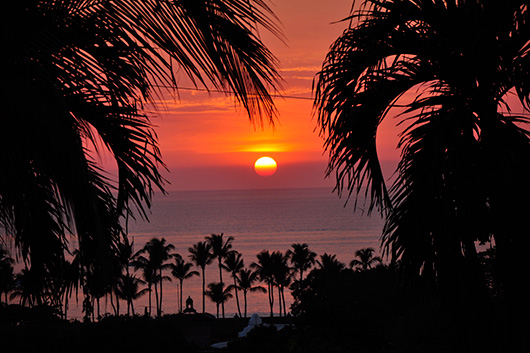
Colorful sunsets are the norm at Tamarindo’s vast beaches
Guanacaste’s more than 400 miles of coastline is home to some of the most famous surf breaks in the world. Playa Tamarindo sits at the top of that list in Costa Rica. Wave riders come from all over the world to enjoy Tamarindo’s consistent year round breaks. This busy beach resort strip of Tamarindo boasts impressive restaurants and a lively night scene. It is a world-renowned surfing destination next to a fast-growing beach town.
Nearby Playa Langosta’s white sands are well suited to swimmers and quiet beach revelers. And the pinkish-white sand at Playa Flamingo is unique and worth a visit. To the north, Playa Grande forms part of Las Baulas National Marine Park. This is a major nesting site for huge leatherback turtles and the mangrove-lined estuary of Tamarindo Wildlife Refuge protects animals such as howler monkeys and crocodiles.
2. Indulge in a gentle float on a river boat
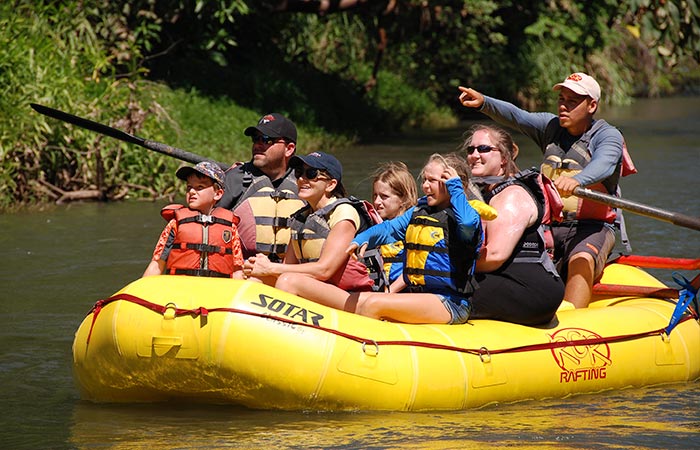
A gentle river rafting tour is a fun activity for groups and families who want to spot wildlife
This gentle float tour down the Corobici River is a great way to experience the beauty and wildlife of the Guanacaste region of Costa Rica. Hundreds of bird species are particularly attracted to this fruitful region. See if you can spot the aracaris, parrots, motmots, cuckoos, laughing falcons, kingfishers, sungrebes, egrets, wood storks, ospreys, trogons, Jabiru storks and seven species of herons that have all been witnessed in this region. Howler and white-faced monkeys, otters, coatis, iguanas, and small caimans are all present in this habitat.
This is not a whitewater rafting tour. It is a gentle float on a calm section of river that is rated class 1-2 with moderate waves. A guide will row the raft during the trip while you relax and take in the sights. There are several safe places that your guide can stop for you to enjoy a refreshing swim in the river.
3. Have the Perfect Waterfall Photo Shoot at Rio Celeste

Stunning mineral infused waters at Rio Celeste
Rio Celeste inside Tenorio Volcano National Park is one of the most photographed waterfalls thanks to its crystalline turquoise waterfall pool that lies deep in a protected forest. The naturally occurring bright turquoise color is due to sulfur and calcium carbonate from the volcano soil seeping into the water to create the beautiful color that attracts visitors from around the world. The hike each way is two hours and well worth it to see this wonder.
Nearby Tenorio Volcano consists of four volcanic peaks and two craters. One of the craters is sometimes referred to as the Montezuma Volcano. Thermal springs and small geysers dot the area as do rivers, waterfalls, lagoons and places providing panoramic views. The upper area of the park is dominated by primary cloud forest, while the lower regions are carpeted with rain forest and home to the tapir and elusive puma.
4. Hike the Las Pailas loop at Rincon de la Vieja
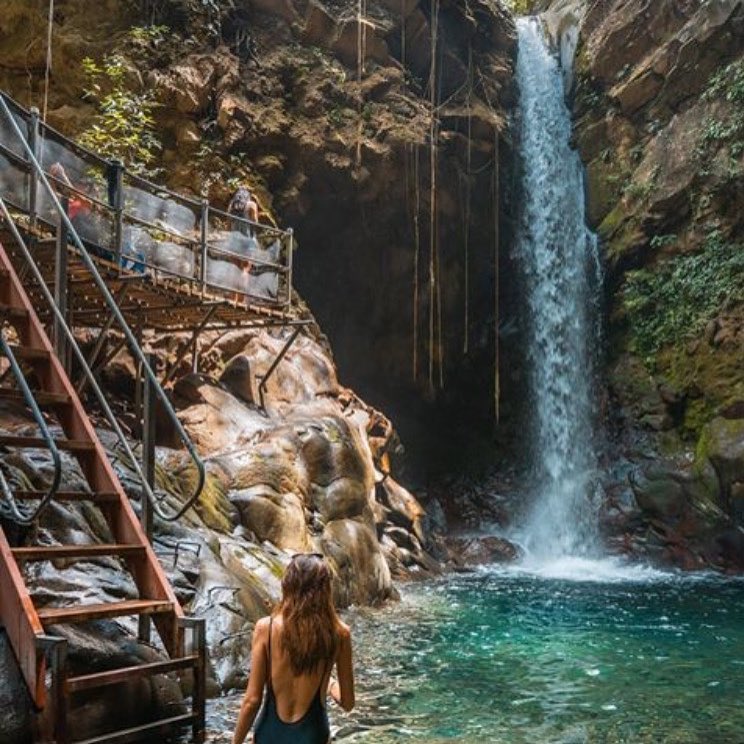
Hike your way through pristine nature to the magic of Oropendola Waterfall
Rincon de la Vieja National Park is Costa Rica’s most active crater. The landscape is alive with geysers, mud pots, hot springs, and fumaroles. Hike to waterfalls while taking in the diverse wildlife sightings. The Las Pailas loop is a moderately easy trek that features sweeping views of the plains and sea from the higher elevations. You will cross a number of ecosystems, including the rare tropical dry forest.
Rincon de la Vieja is home to a number of spas and eco-lodges, including the historic Hacienda Guachipelin. This family owned eco-lodge is a central base from which you have access to La Cangrejo Waterfall and Oropendola Waterfall. Finish off your day of hikes in the thermal hot springs at Hacienda Guachipelin.
5. Take in Some Local Culture
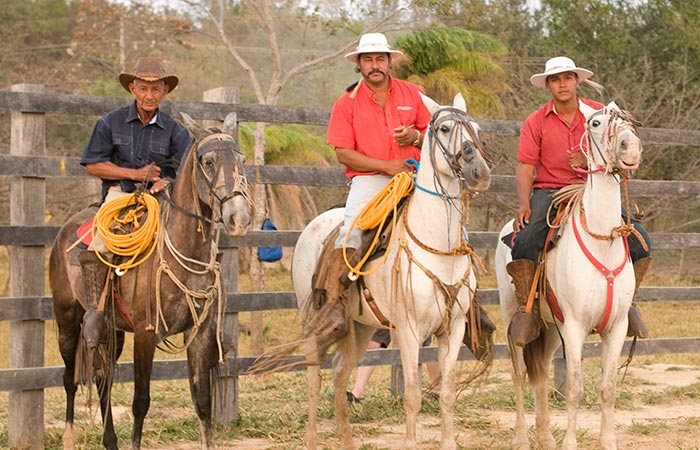
Ranching and rodeos are still major parts of Guanacaste’s culture at Hacienda Guachipelin
The Chorotega culture is central to Guanacaste’s history. Their indigenous music, literature, musical instruments, bull fighting and religious events all feature prominently in local culture. Located between the small cities of Santa Cruz and Nicoya, Guaitil is famous for its pottery in the pre-Columbian style of the Chorotegas – one of the main indigenous groups of Costa Rica. The whole town is dedicated to the production of clay pottery, following the ancient traditions of their ancestors. The nearby town of San Vicente also is dedicated to Chorotega pottery.
Fourteen archaeological sites including petroglyphs and tomb markers have been found around Hacienda Guachipelin. Our guided tour takes you along a peaceful forest trail by the hotel to see these intriguing artifacts and show you how this indigenous group lived during Pre-Columbian times.
Much of Guanacaste’s cultural heritage is based on beef cattle ranching. The province is named after the guanacaste tree, which naturally thrives in this region’s arid climate. These trees are beloved by ranchers for their abundant shade. The majority of the land is covered by small patches of forest in between large pastures of coarse grasses. But as the global demand for beef continues to decline, many pastures are naturally reverting to dry forest. Rodeos are still popular in this region during the summer months and are a great way to support local culture and community in Guanacaste’s small towns.
6. Appreciate the Variety of Marine Life in the Gulf of Nicoya
Gulf of Nicoya separates the mainland of Costa Rica with the Nicoya Peninsula. Guanacaste’s dry, flat plains morph into the alluvial plain of the Nicoya Gulf that’s drained by the Rio Tempisque that flows through wetlands. These nourishing waters invite a variety of marine life to visit, including humpback whales, pilot dolphins, and leatherback turtles.
Many National Parks can be found in this important ecological region. Stalagmites and stalactites fill Barra Honda National Park’s limestone caves. In the south, the small town of Cóbano is a gateway to Cabo Blanco Absolute Natural Reserve. And just off the peninsula’s southeast coast, Tortuga Island has diving and snorkeling sites that are rich in marine life, including angelfish and dolphins.
7. Visit Monteverde Cloud Forest Biological Preserve
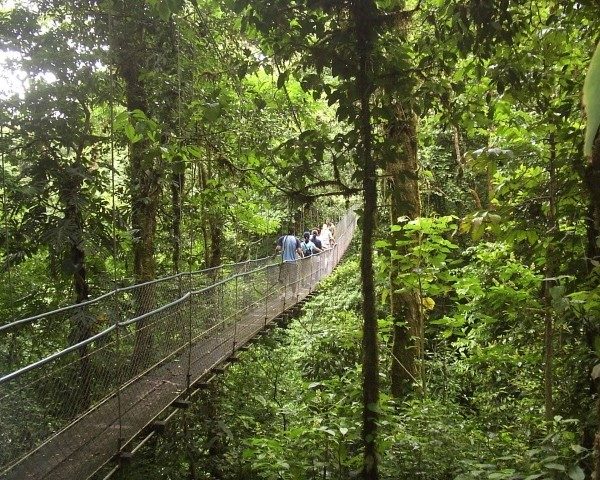
Sturdy eco-bridges hang throughout Monteverde Reserve for safer crossings for hikers and wildlife
Possibly Costa Rica’s most biodiverse cloud forest that shelters countless wildlife species, Monteverde Cloud Forest Biological Preserve is home to jaguars, ocelots and the colorfully plumed resplendent quetzal. The reserve’s marked trails are bordered with ferns and orchids. And this reserve is most famous for its picturesque suspended bridges that allow visitors to walk above the forest canopy, often misty with clouds.
Monteverde region is filled with activities highlighting the region’s abundant flora and fauna. Visit their butterfly gardens, serpentarium, hummingbird garden and an orchid garden blooming with more than 400 species.
8. Visit Costa Rica’s Most Famous Volcano, Arenal
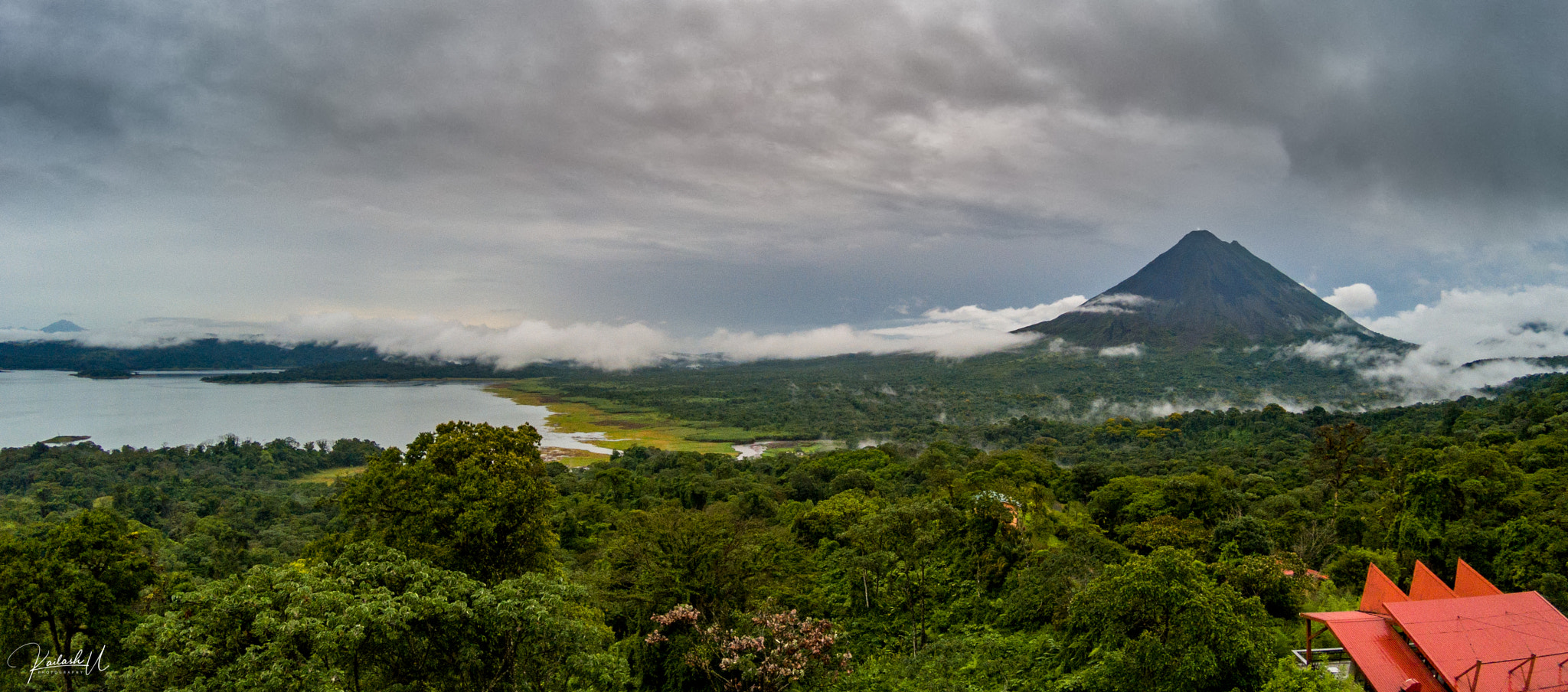
Distant view of Arenal volcano as it sits near Lake Arenal, the largest lake in Costa Rica
Arenal is a national park with trails and rich wildlife. This is a forested 29,700-acre national park with trails through the lava fields of an active volcano. The perfectly symmetrical cone sits idyllically on Costa Rica’s largest lake, which is popular for wind and kite surfing. Scenic volcanic views are most likely during the summer months, between May and October.
Aside from the volcano views, this region is best known for its hot springs and wildlife. The hot springs at Tabacon are legendary, with beautiful pools built into the natural landscape for a magical rejuvenating experience. The different temperatures of water, mud masks, and waterfalls are highly sought after for their healing properties.
9. Spend a Day in Guanacaste’s capital city, Liberia
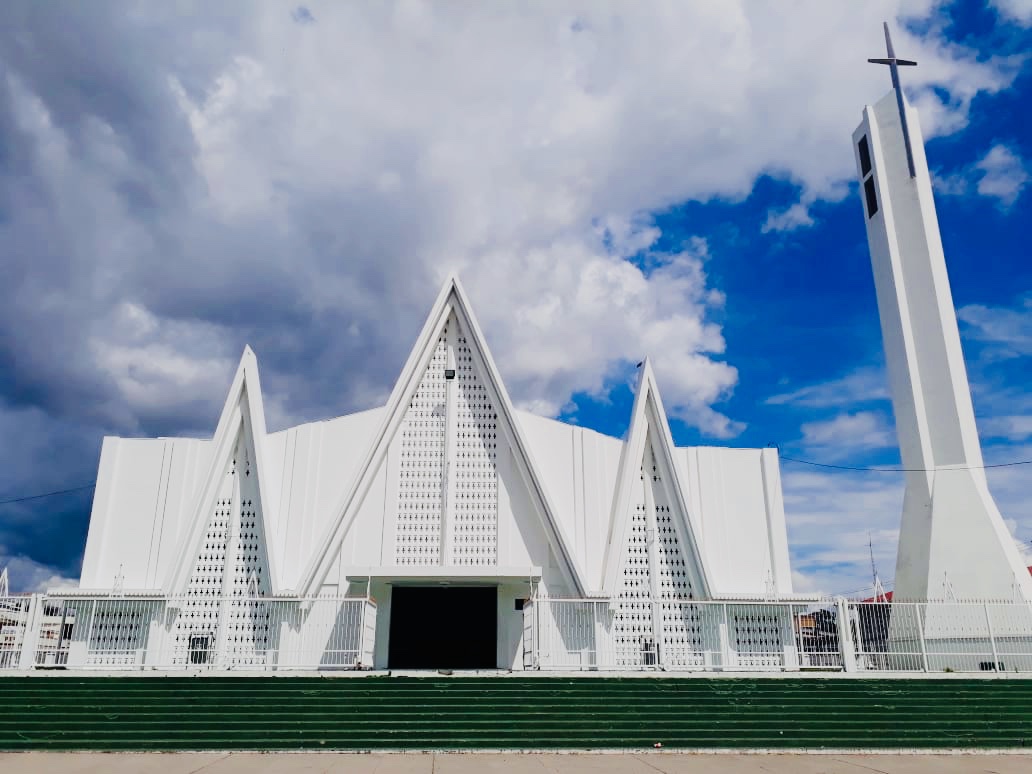
Immaculate Church of Concepcion de Maria in Liberia, the capital of Guanacaste
Liberia is one of two main commercial areas in Guanacaste (the other being Santa Cruz). It is a city amidst volcanoes near the Nicoya Peninsula. Walking around a big city can be refreshing after spending a lot of time in nature. But this city also has the benefit of being picturesque, with the rumbling giants looming in the background.
In its old quarter, you will find the Museo de Guanacaste, which features cultural and historical exhibits. Liberia is also home to La Agonia Church, which is a colonial-style Catholic church that is iconic in the region.
10. Enjoy Adventure Touring with Guanacaste Tours
- Waterfall canyoning, river rapid tubing and canyon ziplining are three great tours you can do with Guanacaste Tours beginning at Hacienda Guachipelin’s Adventure Center.
Based in the Rincon de la Vieja National Park, join us for an eco-adventure tour like no other in Costa Rica! Choose from a variety of activities that include canyoning, zip-lining, and tubing down class iii and iv rapids with our expert guides! These activities are safe and fun but with plenty of excitement! Our tours will fill your body with adrenaline and fill your spirit with appreciation for the spectacular natural settings of each of our tours.

